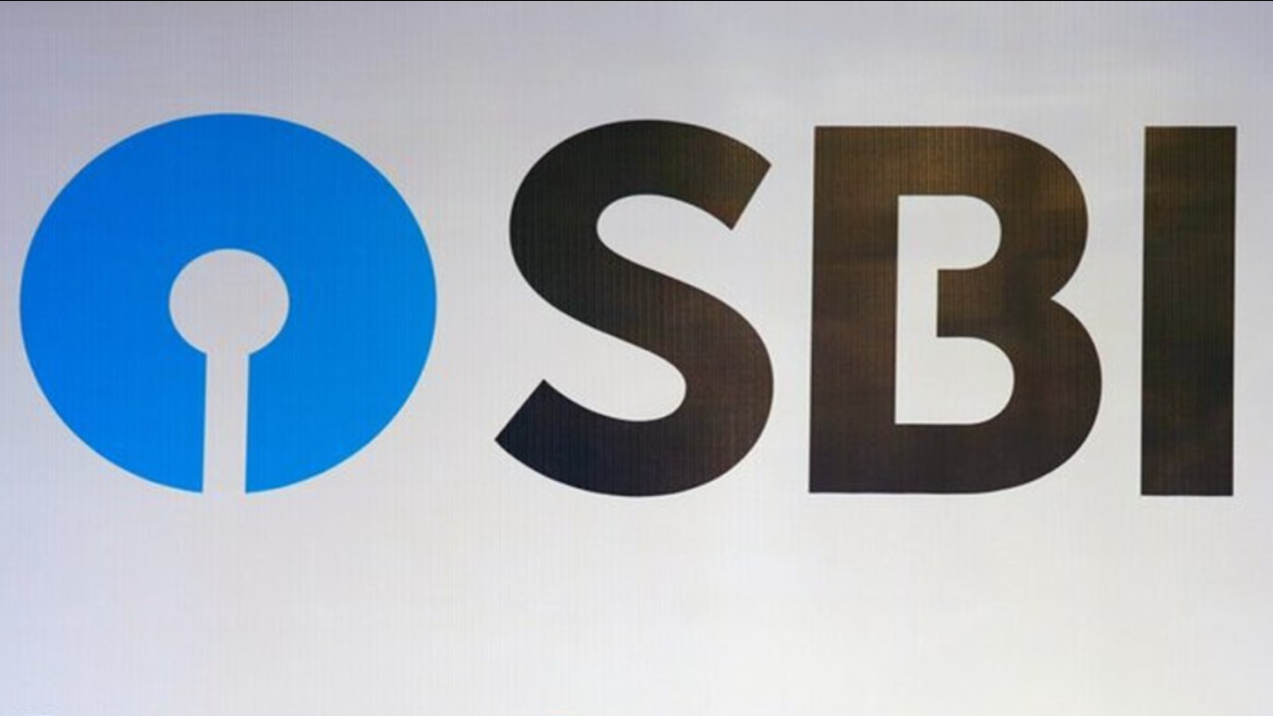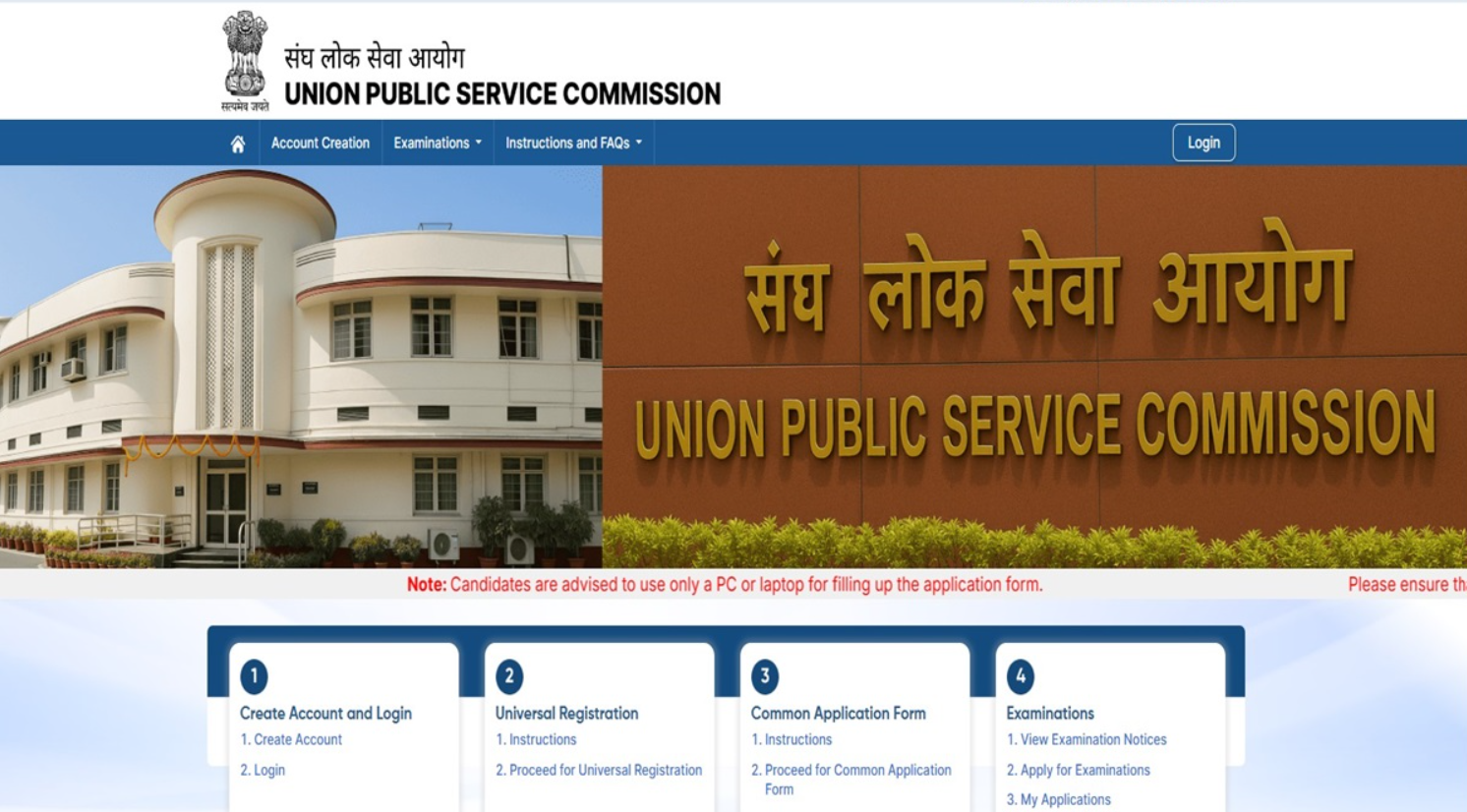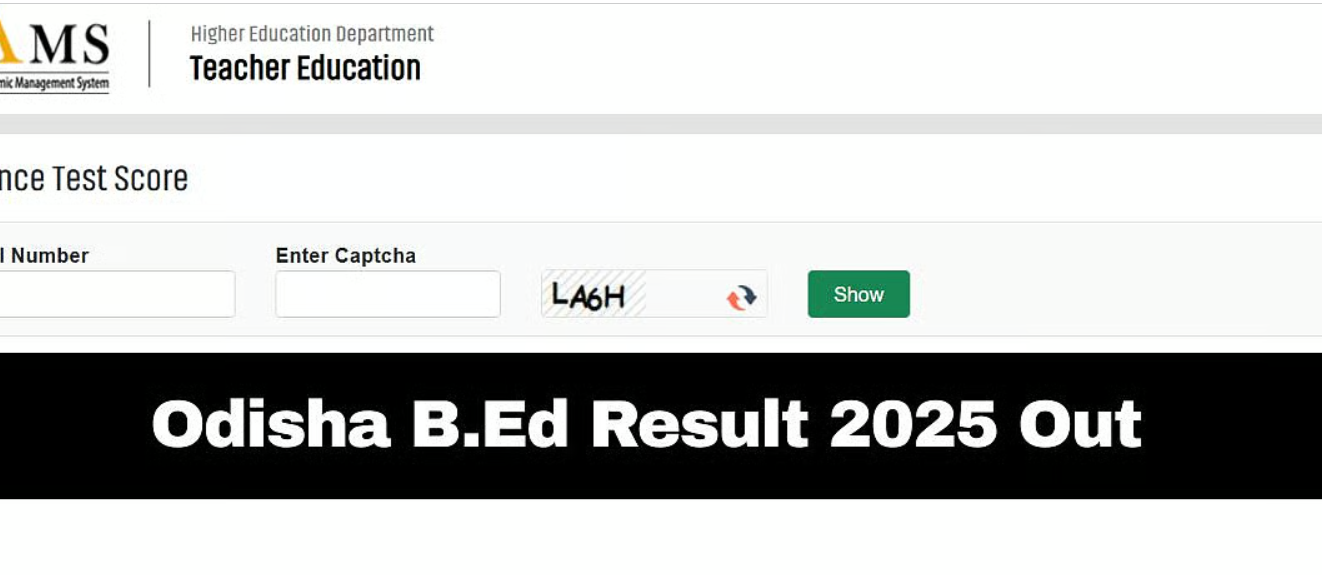RRB Group D Recruitment 2025: Over 1.08 Crore Appl
June 18, 2025

India’s largest public sector bank, State Bank of India (SBI), reported its Q4 FY25 earnings on May 3, 2025, revealing a mixed performance and clear signs that it trails private sector giants ICICI Bank and HDFC Bank in critical banking metrics.
Net Profit: ?18,642.6 crore (↓ 10% YoY)
Net Interest Margin (NIM): 3.15% vs 3.47% (YoY decline)
Return on Assets (RoA): 1.12%
Net NPA Ratio: 0.47%
Advances Growth: 12% YoY to ?42.2 lakh crore
Employee Costs: ?18,005 crore (↑ 10.1% YoY)
Valuation: P/E 9.5x FY26E earnings
Net Profit: ?12,629.6 crore (↑ 18% YoY)
NIM: 4.41%
RoA: 2.52%
Net NPA: 0.39%
Loan Book: ?13.41 lakh crore (↑ 13.3% YoY)
Net Profit: ?17,616.1 crore (↑ 6.7% YoY)
NIM: Data not disclosed in this report
RoA: 1.94%
Gross Advances: ?26.4 lakh crore (↑ 5.4% YoY)
SBI lags both ICICI and HDFC in terms of NIM and RoA, key indicators of operational efficiency and asset productivity. Rising employee costs further pressured SBI's bottom line.
Although SBI’s asset quality improved (net NPA down to 0.47%), it still trails private peers in maintaining leaner bad loan ratios.
At a P/E ratio of 9.5x FY26 earnings, SBI remains attractively valued compared to ICICI Bank (19x). However, concerns about profitability and efficiency metrics are keeping investors cautious.
Despite attractive valuation, investors may wait for better entry points given SBI’s underperformance in profitability, cost control, and return metrics. Upcoming reforms, liquidity measures, and rural lending trends will play a key role in the stock’s future trajectory.
RBI’s repo rate was cut by 25 bps to 6%, signaling a focus on boosting credit and economic activity.
India’s GDP growth forecast for FY26 remains at 6.5%, supporting the broader banking sector’s loan growth.
While SBI continues to dominate in reach with over 22,900 branches, the performance gap with private sector banks is widening. For long-term investors, the bank’s scale and stability are positives—but operational efficiency and earnings quality must improve before it regains leadership in investor portfolios.

June 18, 2025

June 18, 2025

June 18, 2025

June 18, 2025

June 18, 2025

June 18, 2025

June 18, 2025

June 18, 2025

June 18, 2025

June 18, 2025